When your doctor prescribes a generic medication, you might feel unsure. Maybe you’ve heard stories from friends or seen ads for brand-name drugs that make you wonder: Are generics really the same? You’re not alone. Millions of people fill prescriptions for generic drugs every day, yet doubts still linger. The truth is, generics are not cheaper because they’re worse-they’re cheaper because they don’t need to repeat expensive clinical trials. But that doesn’t mean your concerns aren’t valid. Let’s clear up the most common questions, one by one.
Are generic drugs really as effective as brand-name drugs?
Yes. Every generic drug approved by the FDA must contain the same active ingredient, in the same strength, and work the same way in your body as the brand-name version. The FDA doesn’t just accept claims-it requires proof. Before a generic drug hits the shelf, manufacturers must prove bioequivalence. That means the amount of medicine your body absorbs from the generic version must fall within 80% to 125% of what you’d get from the brand-name drug. That’s not a guess-it’s a strict, science-based range tested in healthy volunteers using blood samples over time.
Think of it like this: two different brands of aspirin both contain acetylsalicylic acid. One might be shaped like a circle, another like a triangle. One might have a coating, the other doesn’t. But if they both deliver the same amount of the active ingredient at the same rate, they’ll work the same. That’s what bioequivalence means. The FDA has approved over 740 generic drugs in 2022 alone, and they’re used in 90% of all prescriptions in the U.S.
Do generic drugs have more side effects?
No. Generic drugs don’t contain more of the active ingredient to make them stronger. That’s a myth. The active ingredient is identical. But sometimes, people notice side effects after switching-and that’s usually not because the drug is different, but because they’re paying more attention to how they feel.
One study in rural communities found some patients believed generics had "more in it to make it stronger," leading to headaches or dizziness. But when tested, their blood levels showed no difference. What changed was their expectation. If you’ve been on a brand-name drug for years and suddenly switch to a pill that looks different-smaller, white instead of blue, different markings-it’s natural to wonder if something’s wrong. That’s psychological, not pharmacological.
Also, generics can have different inactive ingredients-like fillers, dyes, or flavorings. These don’t affect how the medicine works, but they can cause rare reactions in people with allergies. For example, someone allergic to red dye might react to a red generic pill but not the white brand-name version. That’s why your pharmacist will tell you if the appearance changed. If you notice new side effects after switching, talk to your doctor. But don’t assume it’s because it’s generic.
Could a generic drug be counterfeit or contain no active ingredient?
No. All generic drugs sold legally in the U.S. must meet the same strict manufacturing standards as brand-name drugs. The FDA inspects over 3,500 manufacturing sites worldwide each year-including factories in India, China, and the U.S.-and requires that every batch of generic medicine be tested for purity, potency, and stability. Since 2018, the FDA’s Risk Identification and Correction Action Program has resolved over 1,200 potential quality issues before they reached patients.
Counterfeit drugs are a real problem in some countries, but not in the U.S. supply chain. Legitimate pharmacies, whether retail or mail-order, are required to source drugs only from FDA-approved manufacturers. If you buy your medication from a licensed pharmacy, you’re protected. Beware of websites selling "discount generics" without a prescription-that’s where the risk lies, not in the generics themselves.
Why do generic drugs look different?
Because U.S. law says they have to. Trademark rules prevent generic manufacturers from making their pills look exactly like the brand-name version. That’s why your generic version might be a different color, shape, or size. But the active ingredient? Identical. The dosage? The same. The way it works in your body? Also the same.
These differences can confuse patients. One person told a pharmacist, "I’ve been taking this pill for years, and now it’s blue instead of green-I think it’s not working." But the blue pill was just the generic version of the same medicine. The color change had nothing to do with effectiveness. Pharmacists are trained to explain this. If you’re ever confused about what you’re picking up at the pharmacy, ask. It’s your right to know.
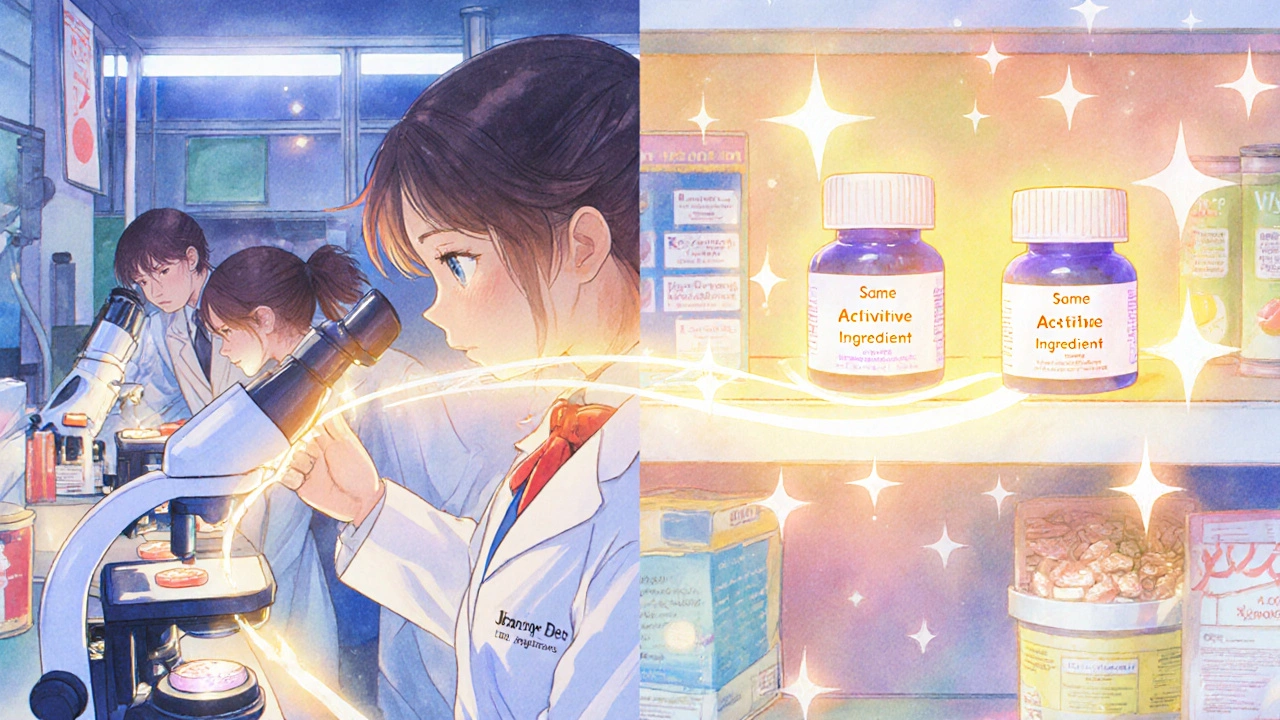
Are generics made by the same companies that make brand-name drugs?
Yes, often. About half of all generic drugs are manufactured by the same companies that make the original brand-name versions. For example, when the patent on Lipitor expired, Pfizer started making its own generic version of atorvastatin. Other companies like Teva, Mylan, and Sandoz also produce generics, sometimes in the same factories used for brand-name drugs.
So when you take a generic, you might be getting a product made by the same team, on the same equipment, under the same quality controls. The only difference is the label. That’s why the FDA says generics are "identical in quality, performance, and intended use." It’s not marketing-it’s fact.
Are there any drugs where generics aren’t recommended?
Yes, but only a small number. These are called narrow therapeutic index (NTI) drugs. They have a very small window between the dose that works and the dose that’s dangerous. Examples include warfarin (a blood thinner), levothyroxine (for thyroid disease), and certain seizure medications like phenytoin or carbamazepine.
For these drugs, even tiny differences in how your body absorbs the medicine can matter. That’s why doctors sometimes prefer to keep patients on the same version-brand or generic-once they’ve found what works. But switching is still allowed and often safe. The key is monitoring. If you’re on one of these medications and your doctor switches you to a generic, they’ll likely check your blood levels a few weeks later to make sure everything’s still in range.
Don’t assume NTI drugs mean generics are unsafe. They’re just more sensitive. That’s why your doctor or pharmacist will be extra careful with them.
Why are generics so much cheaper?
Because they don’t pay for the original research. Brand-name drug companies spend billions developing a new medicine-testing it in labs, running clinical trials, applying for FDA approval. That cost gets baked into the price. Generic manufacturers don’t need to repeat those steps. They only need to prove their version works the same way. That cuts development time and cost dramatically.
Plus, once a patent expires, multiple companies can make the same generic. That competition drives prices down. The Congressional Budget Office found that generic competition can slash drug prices by 80% to 90% within six months. Over the past decade, generics have saved the U.S. healthcare system $2.2 trillion. On average, each generic prescription saves patients $442 a year.
It’s not about cutting corners. It’s about not repeating what’s already been proven.
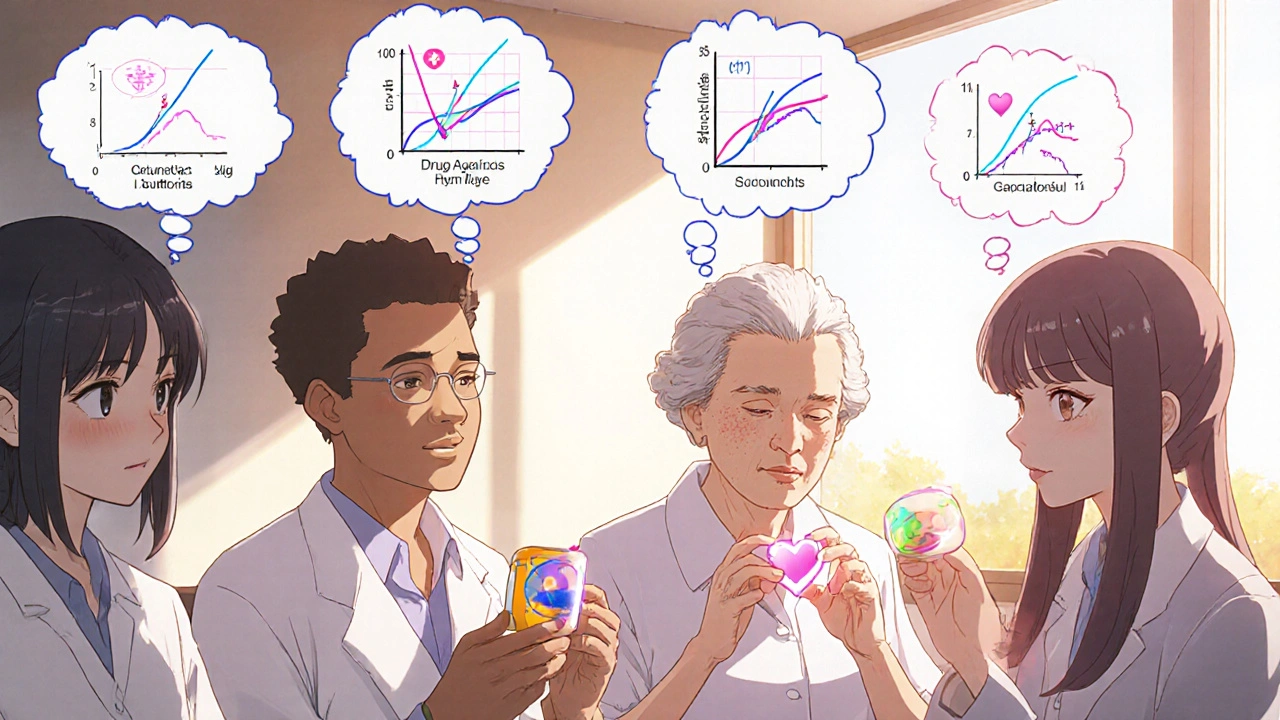
Can I ask my doctor to prescribe the brand-name drug instead?
Yes. You can always ask. But your doctor may ask why. If cost is the issue, they might help you find a cheaper brand or connect you with a patient assistance program. If you’re worried about effectiveness, they can explain the science behind generics. If you’ve had a bad experience switching before, they’ll take that seriously.
Doctors aren’t required to prescribe generics. But they are required to follow evidence. And the evidence shows generics work just as well. In one national survey, 87% of patients with chronic conditions said they believed generics were just as effective. But 46% still asked for brand-name drugs-often because they didn’t understand the difference.
Also, if your doctor writes "Do not substitute" on your prescription, the pharmacist must fill it exactly as written. That’s your right. But if they don’t write that, state laws allow pharmacists to substitute generics unless you object at the counter.
Why do some groups trust generics less than others?
Research shows that non-Caucasian patients are significantly more likely to prefer brand-name drugs. In one study, 56% of non-Caucasian patients asked for brand-name prescriptions, compared to 43% of Caucasian patients. Rural patients also reported higher skepticism, often influenced by stories from family or friends.
These differences aren’t about intelligence or education-they’re about trust. If you’ve been let down by the healthcare system before, or if you’ve seen people suffer after switching medications, it’s hard to believe the system has your back. That’s why communication matters. Pharmacists, nurses, and doctors who take time to explain-not just tell-can make a real difference.
One patient in a rural focus group said, "My friend was having bad effects on the generic, so I stayed with the brand." That’s understandable. But without data, it’s hard to know if the problem was the drug-or something else. That’s why we need better conversations, not assumptions.
What should I do if I think my generic isn’t working?
Don’t stop taking it. Don’t switch back without talking to your provider. Instead, keep a simple log: When did you start the new pill? What symptoms changed? Did you start feeling worse right away, or after a few weeks? Are you taking it the same way-same time of day, with or without food?
Many side effects people blame on generics are actually caused by other factors: stress, diet, sleep, or another medication. Even brand-name drugs can cause side effects. The key is distinguishing between a true lack of effectiveness and a normal adjustment period.
For most people, a 30-day window is enough to see if the generic is working. If you’re still unsure, ask your doctor for a blood test (if applicable) or schedule a follow-up. You’re not being difficult-you’re being responsible.
Can I switch back and forth between brand and generic?
For most medications, yes. But for NTI drugs like warfarin or levothyroxine, frequent switching isn’t recommended. The goal is consistency. If you’re stable on one version, staying on it helps avoid fluctuations.
Switching back and forth can also confuse your pharmacy records and lead to errors. If you’re concerned about cost, ask your pharmacist if there’s a generic version that’s covered by your insurance at a lower copay. Sometimes, switching to a different generic manufacturer (not the brand) can save money without changing the drug.
The bottom line: If your medication is working, and you’re not having side effects, there’s no reason to switch unless you need to save money. And if you’re worried, talk to someone who knows the science-your pharmacist is your best ally.
Are generic drugs less safe than brand-name drugs?
No. Generic drugs must meet the same FDA standards for safety, strength, purity, and quality as brand-name drugs. They use the same active ingredients and are held to identical manufacturing requirements. The FDA inspects generic drug factories just as often as brand-name ones. There is no evidence that generics are less safe.
Why do generics cost so much less if they’re the same?
Generics cost less because they don’t have to repeat expensive clinical trials. The original brand-name company paid for years of research and development. Generic manufacturers only need to prove their version works the same way. Plus, when multiple companies make the same generic, competition drives prices down-often by 80% or more.
Can I trust generics if they’re made overseas?
Yes. The FDA inspects all manufacturing facilities worldwide-whether in the U.S., India, China, or elsewhere-that supply drugs to American patients. Over 1,200 potential quality issues have been resolved since 2018 through the FDA’s monitoring program. As long as the drug is sold through a licensed U.S. pharmacy, it meets U.S. safety standards.
What if I feel worse after switching to a generic?
It’s possible the change in appearance or inactive ingredients is affecting how you feel, but not because the medicine is weaker. Talk to your doctor or pharmacist. They can check if you’re reacting to a dye or filler, or if your condition needs closer monitoring. For most people, symptoms improve after a few weeks. If they don’t, switching back is an option.
Are there any generics that aren’t approved by the FDA?
No. Any generic drug sold legally in the U.S. must be approved by the FDA. If a product claims to be a generic but isn’t on the FDA’s list of approved drugs, it’s not legal. Always get your medications from licensed pharmacies. Avoid online sellers that don’t require a prescription.
If you’re taking a generic medication and it’s working, there’s no reason to doubt it. If you’re not sure, ask. Your pharmacist can explain the differences. Your doctor can help you understand your options. And the science? It’s clear: generics are safe, effective, and saving millions of people money every year.

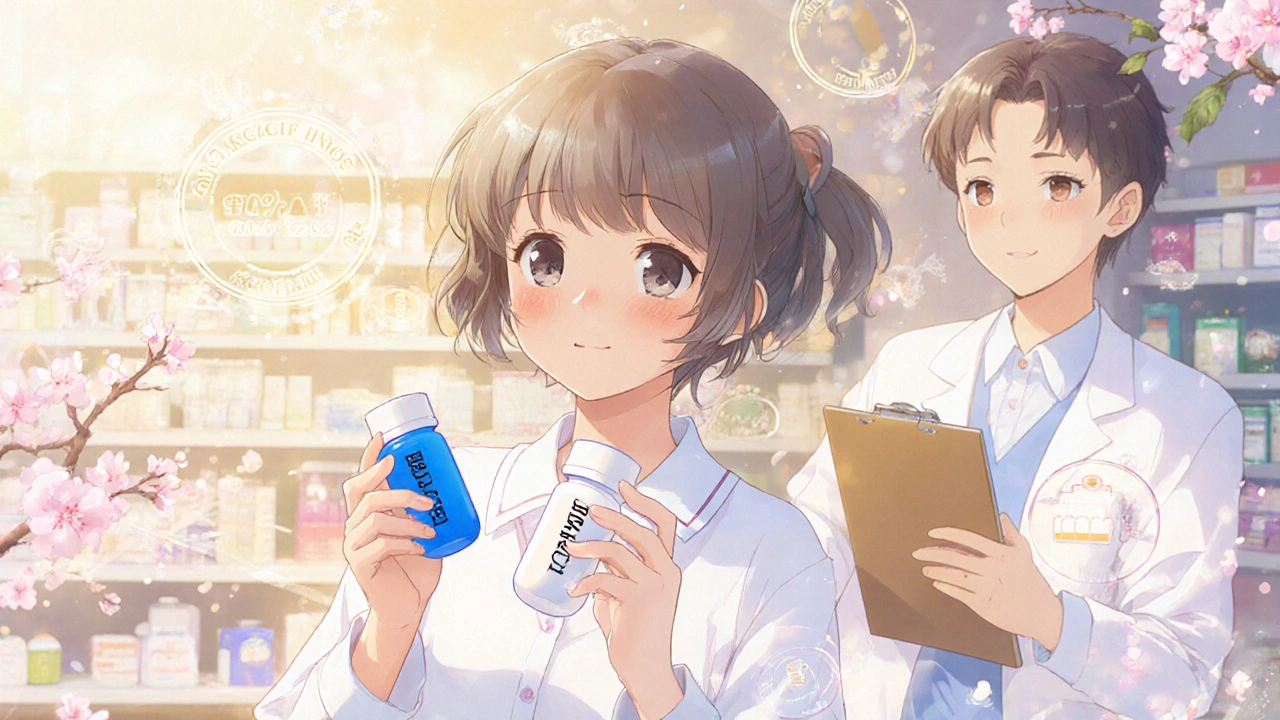



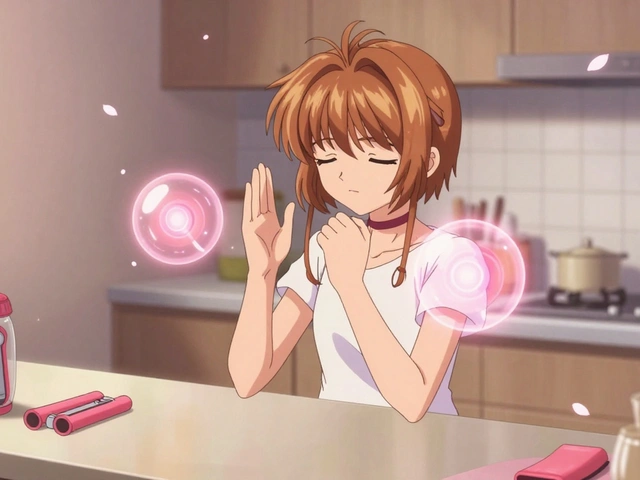
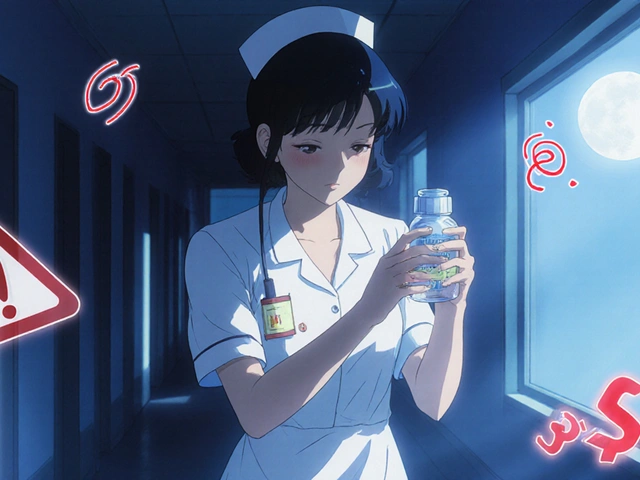
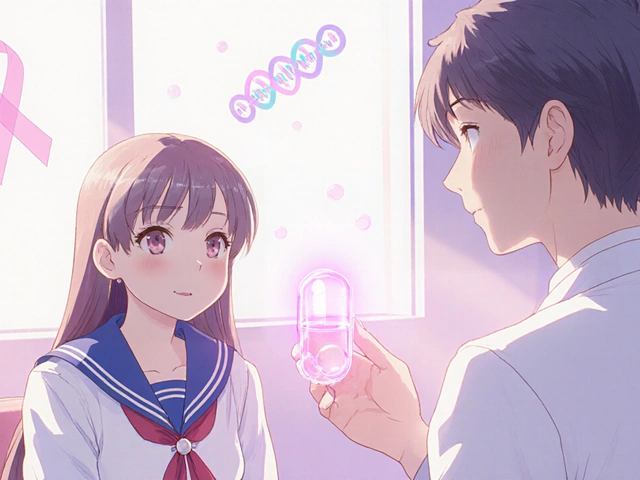
9 Comments
Aki Jones
November 25, 2025 AT 10:39So let me get this straight: the FDA says generics are identical, but they also admit the absorption range is 80%-125%? That’s a 45% swing-how is that ‘identical’? I’ve had my blood pressure meds switch from blue to white, and suddenly I’m dizzy at 3 p.m. every day. Coincidence? I think not. They’re not testing real patients-they’re testing healthy college kids who don’t have chronic conditions. And don’t even get me started on the Chinese factories…
Jefriady Dahri
November 25, 2025 AT 15:04Hey everyone, just wanted to say-this post is 💯 true! 🙌 I work in a clinic in Kerala, and we’ve been using generics for over a decade. Patients save so much money, and honestly? No difference in results. I’ve seen people cry because they couldn’t afford the brand, then smile when the generic worked just fine. Trust the science, not the fear. You’re not alone in this! 💪
Erika Hunt
November 27, 2025 AT 01:03I appreciate the depth of this article, and I think it’s incredibly important to address the psychological component of switching medications-because it’s real. People aren’t being irrational when they feel something’s off after a switch; it’s often the visual cue, the texture of the pill, the packaging, even the way the bottle sounds when you open it. These sensory associations become part of the therapeutic experience. And while the active ingredient is chemically identical, the mind-body connection in pharmacology is far more complex than we give it credit for. We need more nuanced conversations, not just ‘trust the FDA’ slogans.
Dolapo Eniola
November 28, 2025 AT 06:56USA thinks it’s so advanced but the truth? Generic drugs are made in India and China by companies that don’t even know what a clean room is. I’ve seen videos-workers in flip flops handling pills with bare hands. And you wanna tell me that’s safe? My cousin’s brother took a generic and ended up in the hospital. FDA? More like FDA-Do-Nothing Agency. We need American-made meds, period. #BuyAmerican
Amy Hutchinson
November 29, 2025 AT 04:28I switched to generic omeprazole and started having heart palpitations. My doctor said it’s all in my head. But I know my body. I went back to the brand and poof-gone. So no, not all generics are the same. And yeah, I paid more, but I’m alive.
Archana Jha
November 30, 2025 AT 20:35think about it like this: if the active ingrediant is the same, why do they even need to test bioequivalence? if its truly identical, why the 80-125% range? its like saying two apples are the same but one is 20% less juicy. the truth is, theyre not the same, and the fda knows it. they just dont want you to panic. and dont even get me started on the fillers-talc, lactose, dye, all these things that are basically poison in small doses. we’re guinea pigs, folks.
Andrew McAfee
December 2, 2025 AT 06:25My dad’s from Nigeria and he used to say ‘the medicine that saves your life doesn’t care what color the pill is’-and he was right. I used to be skeptical too until I saw my mom’s diabetes meds switch and her HbA1c didn’t budge. The real issue isn’t the drug-it’s the system that makes people feel like they’re being cheated. We need better education, not more fear. Trust the science, not the rumors.
Andrew Camacho
December 4, 2025 AT 01:58Okay but let’s be real-this whole post is corporate propaganda. The FDA is a revolving door for Big Pharma execs. They approved 740 generics in 2022? That’s not progress-that’s a loophole. And don’t get me started on the ‘same company’ myth. Pfizer makes the generic? Sure, but they’re still charging $20 for a 30-day supply while the brand is $150. That’s not competition-that’s price gouging with a different label. You think this is about savings? No. It’s about profit margins and pushing people to accept lower quality because they can’t afford the truth.
Sharley Agarwal
December 5, 2025 AT 05:36My friend died on a generic. Don’t pretend it’s safe.